Wilderstein Mansion
The life of one of FDR's possible mistresses is preserved in her palatial Hudson Valley mansion.
Just outside the village of Rhinecliff, high up the Hudson River valley, lies an ornate Victorian mansion. Built in the Queen Anne style for wealthy Manhattan property developer Thomas Holy Suckley in 1853, during its day the mansion was the height of luxury.
From its circular five-story tower with spectacular views of the Hudson River, to the sweeping estate grounds designed by Calvert Vaux, with a sumptuous interior by Louis Comfort Tiffany’s cousin, Wilderstein was one of the great houses of the Hudson Valley. It was home to three generations of Suckleys, the last of whom, Margaret lived there all her life, passing away in the mansion few months short of her 100th birthday in 1991. Known affectionately as Daisy, she never married. After her death, a suitcase full of letters was found underneath the bed in her rooms high in the tower overlooking the river. Affectionate and romantic in nature, they were from her distant cousin and neighbor. Perhaps a reminder to the unwed old lady of a love affair that never came to be. What made the letters so remarkable is that they were written by Franklin Delano Roosevelt.
Quite what levels their companionship reached we will never know. Daisy’s story is not as well known as FDR’s least disputed affairs, with his secretaries Missy LeHand and Lucy Mercer, but there is little doubt that she was his closest companion. In one of the letters he wrote, “I have longed to have you with me.” His code words for her were MM (My Margaret) and CP (Certain Person). Together they designed and drew the plans for his wheelchair accessible home “Top Cottage” on the spot of what they called “Our Hill.” FDR’s scottie dog Fala, one the White Houses’ most famous pets, was a gift from Daisy. Perhaps the greatest indicator of his feelings and trust for Daisy was that of the only four photographs taken of FDR in his wheelchair, she took two of them, and when FDR died at the little White House in Georgia in 1945, she was one of four women who were there.
The Suckley family fortunes turned for the worse during the Great Depression, but Daisy remained in the house. Last painted in 1910, the mansion was in advanced state of disrepair. Before her death and with no one to leave her home to, she established the Wilderstein Preservation society. Today, the group has done wonders to restore the Calvert Vaux grounds, the exterior, and the first floor of the mansion, and have opened the house for visitors. FDR’s letters found their way into the Roosevelt Presidential library which Daisy had played a key role in setting up. Along with her diary, they became the basis of play and 2012 film Hyde Park on the Hudson.
As to what truly happened between Daisy and FDR, no one will properly know. The upper floors where she lived for nearly 100 years remain undisturbed and the bedroom looking out on the river valley still has its secret hiding place under the bed where she kept his letters. Here and there throughout the first floor, though,are reminders of her secret friend; a painting in the library of the Statue of Liberty which hung in his study in the White House, written on the back “given to me, Margaret L Suckley in 1944, by Franklin D. Roosevelt.” The living room has been left just as it was when he last visited in the 1940s. On a table by the couch on which he once sat is a signed photograph, “with love from FDR.” Next to the couch is perhaps the most remarkable item of all: one of the most famous photographs of FDR, which was taken at the Yalta Conference in February 1945. There FDR met with Stalin and Churchill to decide the fate of post-war Europe. In the photo of the so-called “Big Three,” FDR is seated in the middle, wearing a black cape with a fur collar. Daisy was so taken with it she asked him to give it to her, and there it still is today, lying draped on the back of an easy chair, in the once grand home of a remarkable old lady.
















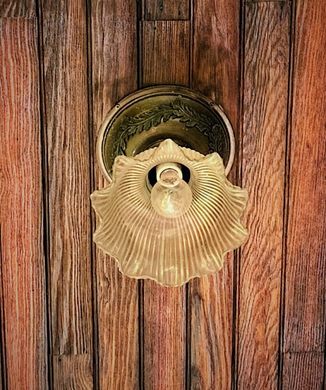
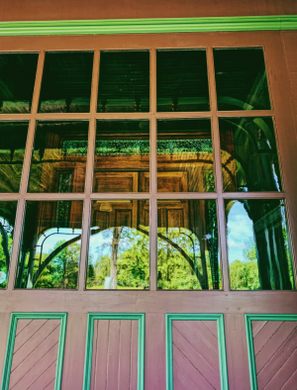
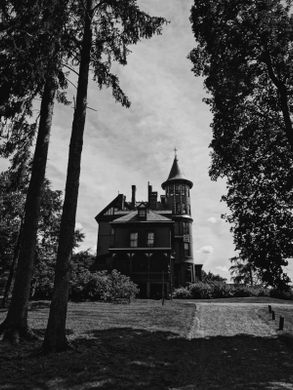
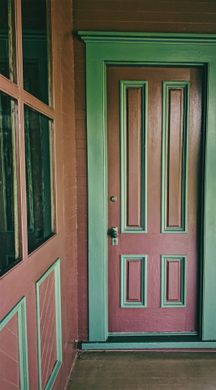
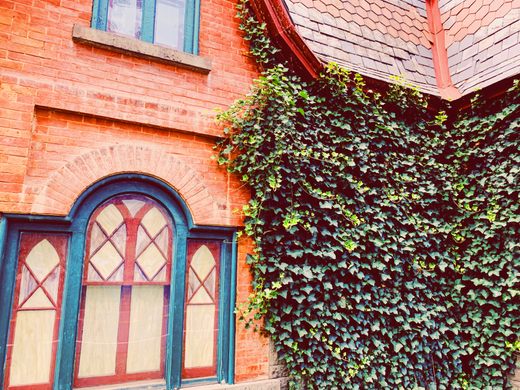
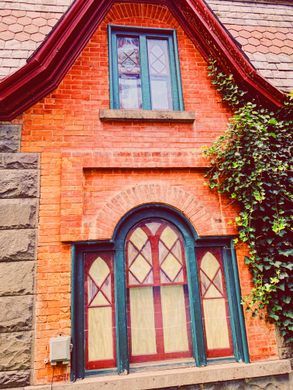
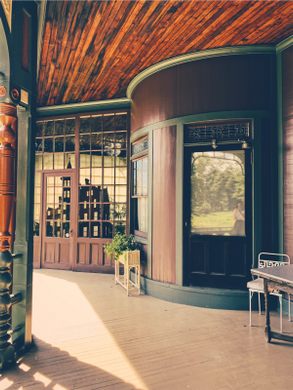
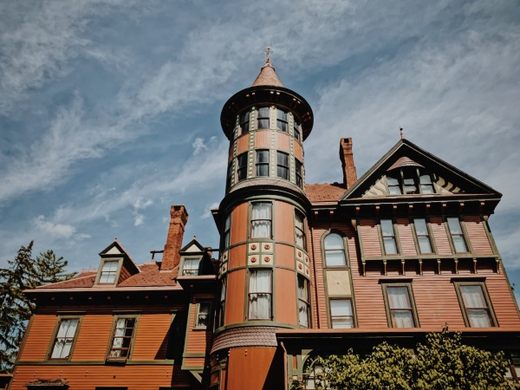
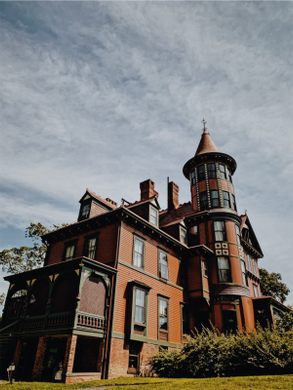














Follow us on Twitter to get the latest on the world's hidden wonders.
Like us on Facebook to get the latest on the world's hidden wonders.
Follow us on Twitter Like us on Facebook